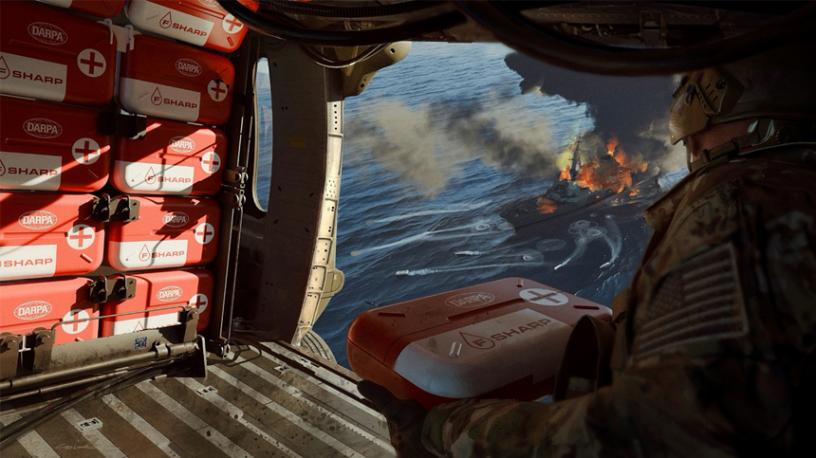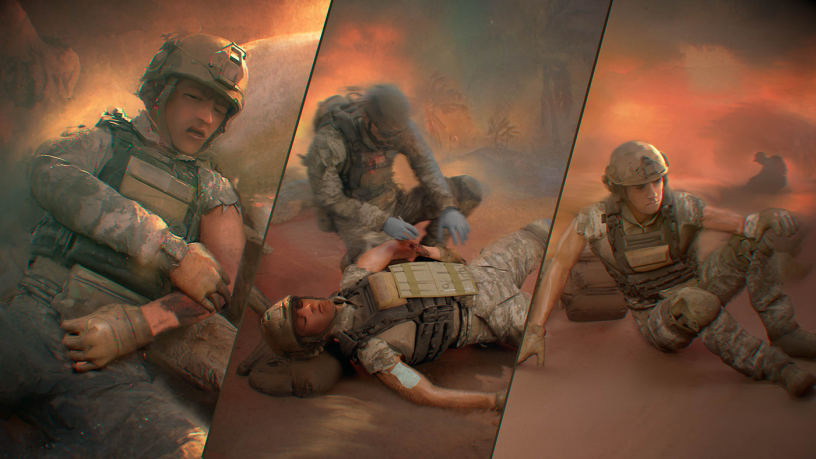High-resolution Images






Why the Live Chain Matters
November 2025
In a future Large-Scale Combat Operations, the Golden Hour – the principle that patients should reach surgery within 60 minutes for optimal outcomes – may become unattainable. Factors such as degraded communications, contested airspace, and advanced weaponry will hinder medical evacuation and limit the ability to stage surgical assets close to the front lines.
Recognizing this looming gap, we are focusing its investment on the Live Chain: The critical steps of Tactical Combat Casualty Care (TCCC) that bridge the gap between injury on the battlefield and arrival at surgical care. The Live Chain encompasses self-aid, buddy-aid, medic care, en-route care during evacuation, and ultimately, surgical intervention.
Resources
Programs
- ABC: Seeks to develop safe, battlefield-ready anesthetics in order to reduce injury-associated trauma and improve combat casualty outcomes
- ALIAS: Envisions a tailorable, drop-in, removable kit that would promote the addition of high levels of automation into existing aircraft, enabling operation with reduced onboard crew
- DARPA Triage Challenge: Drives innovations in identifying vital signs of injury, locating and assessing casualties, and transmitting critical data
- FSHARP: Will develop a deployable, shelf-stable, universal whole blood substitute as a hemorrhage countermeasure to sustain injured warfighters in austere, pre-hospital settings
- GOLDEVAC: Will yield a single intravascular device and gas exchange (i.e. oxygenation) strategy to address a wide range of life-threatening injuries and buy more time to accomplish medical evacuation
- In the Moment: Investigates whether the alignment of artificial intelligence (AI) to individual humans affects willingness to delegate in high-stakes domains
- MASH: aims to develop robotic systems to autonomously find and stop life-threatening bleeding inside the body, giving injured warfighters a much better chance of survival in combat situations
- RACER: Will demonstrate game-changing autonomous UGV mobility, focused on speed and resiliency, using a combination of simulation and advanced platforms

